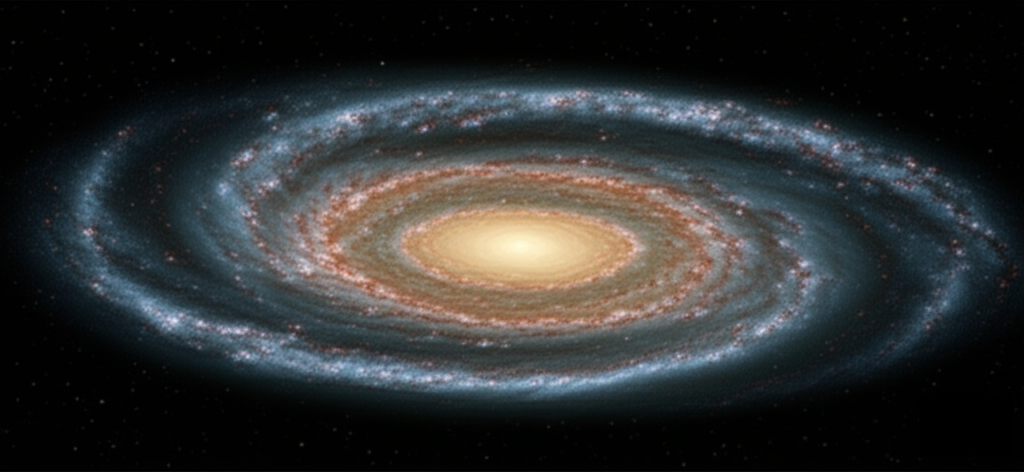Stephen Hawking’s “A Brief History of Time” is a highly influential and successful book that aims to make complex ideas about the universe accessible to a wide audience. The book achieved remarkable commercial success, staying on the London Sunday Times best-seller list for 237 weeks and selling approximately one copy for every 750 people globally. Its popularity indicates a widespread interest in fundamental questions about our existence and the nature of the cosmos.
The book delves into these “big questions” by exploring modern scientific theories, primarily Einstein’s General Theory of Relativity and quantum mechanics. General relativity governs gravity and the large-scale structure of the universe, while quantum mechanics describes phenomena on extremely small scales. A major theme throughout the book is the ongoing quest for a unified theory that would combine these two seemingly inconsistent partial theories into a single quantum theory of gravity. While such a complete theory is not yet discovered, the book discusses properties it must possess.
“A Brief History of Time” traces humanity’s changing picture of the universe, from early ideas like Aristotle’s arguments for a spherical Earth to Newton’s groundbreaking theory of universal gravitation, which explained planetary orbits. It discusses key modern discoveries, such as the fact that light travels at a finite speed and the unification of electricity and magnetism by Maxwell. A pivotal concept presented is the expanding universe, confirmed by Edwin Hubble’s observations, which implies the universe was smaller in the past and suggests a beginning.
The book provides extensive coverage of black holes, objects predicted by general relativity with such strong gravity that nothing, not even light, can escape once past a boundary called the event horizon. The concept dates back to the 18th century with thinkers like John Michell and the Marquis de Laplace. The book explains how massive stars collapse under their own gravity to form black holes if their mass exceeds a certain limit, known as the Chandrasekhar limit. Observational evidence supporting the existence of black holes is discussed, including X-ray sources like Cygnus X-1 and supermassive black holes at the centers of galaxies and quasars. The “no hair” theorem, which states that a black hole is characterized only by its mass and rotation, is also explained.
Counterintuitively, the book reveals that black holes are not entirely black; quantum effects cause them to emit particles and radiation as if they were hot bodies, a phenomenon known as Hawking radiation. This theoretical discovery was a significant step towards unifying gravity and quantum mechanics.
A crucial implication of general relativity discussed is the prediction of singularities, points in space-time where the laws of physics break down, such as the initial Big Bang singularity. However, the book explores the possibility, arising from quantum mechanics and particularly using Richard Feynman’s “sum over histories” approach, that quantum effects might eliminate singularities, suggesting instead a universe that is finite but has no boundary. This “no boundary” proposal has implications for understanding the universe’s initial state and its properties.
The book also addresses the “arrow of time” – why time flows in a particular direction, distinguishing the past from the future. It discusses the thermodynamic, psychological, and cosmological arrows and suggests that the no boundary condition, combined with the weak anthropic principle, might explain their alignment and why a well-defined arrow of time exists. The book likens memory to a computer’s process, linking the psychological arrow to the thermodynamic increase in disorder.
Additionally, the book touches upon fascinating possibilities like wormholes and time travel, noting that general relativity permits such structures, but that they are linked to the theoretical ability to travel faster than light, raising paradoxes.
Ultimately, “A Brief History of Time” communicates complex scientific ideas to a broad readership, aiming to contribute to humanity’s enduring desire to understand the universe we inhabit and our place within it.
Posted inBooks
A Brief History of Time – Stephen Hawking

